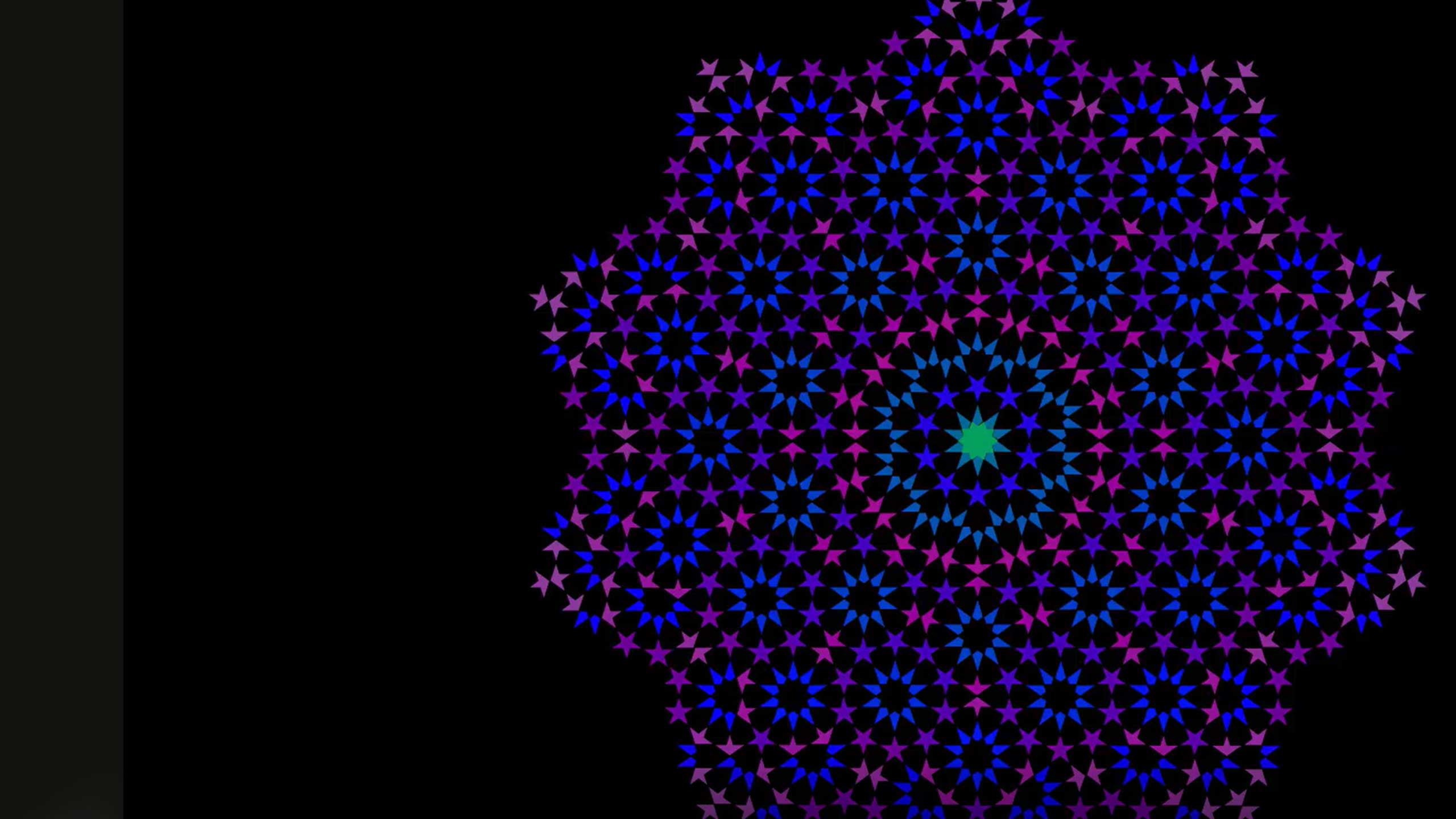An introduction to Sufi Music
Navid Akhtar takes us on a brief journey through Sufi music – from its roots all over the Islamic world, to its influence on Western music.

When Najmuddin sits down at his harmonium he is aware of the musical DNA running through his genes. He and his four brothers are the 26th generation of Sufi musicians in his family. They trace their lineage back 750 years, to their ancestor Hazrat Mian Salamat and the birth of Qawwali music in Delhi. Over the centuries, their family and ancestors have preserved the traditions of this mystical music, passing on its secrets to every new generation.
Qawwali is just one of many styles that come under the umbrella of Sufi Music. Throughout the Muslim world, the Sufis have been at the forefront in producing art forms that are the entry point for the ordinary person to experience a higher state of consciousness. Sufi Music is listened to in every corner of the world and its universal appeal has helped to attract a fan base across the non-Muslim world.
Sufism
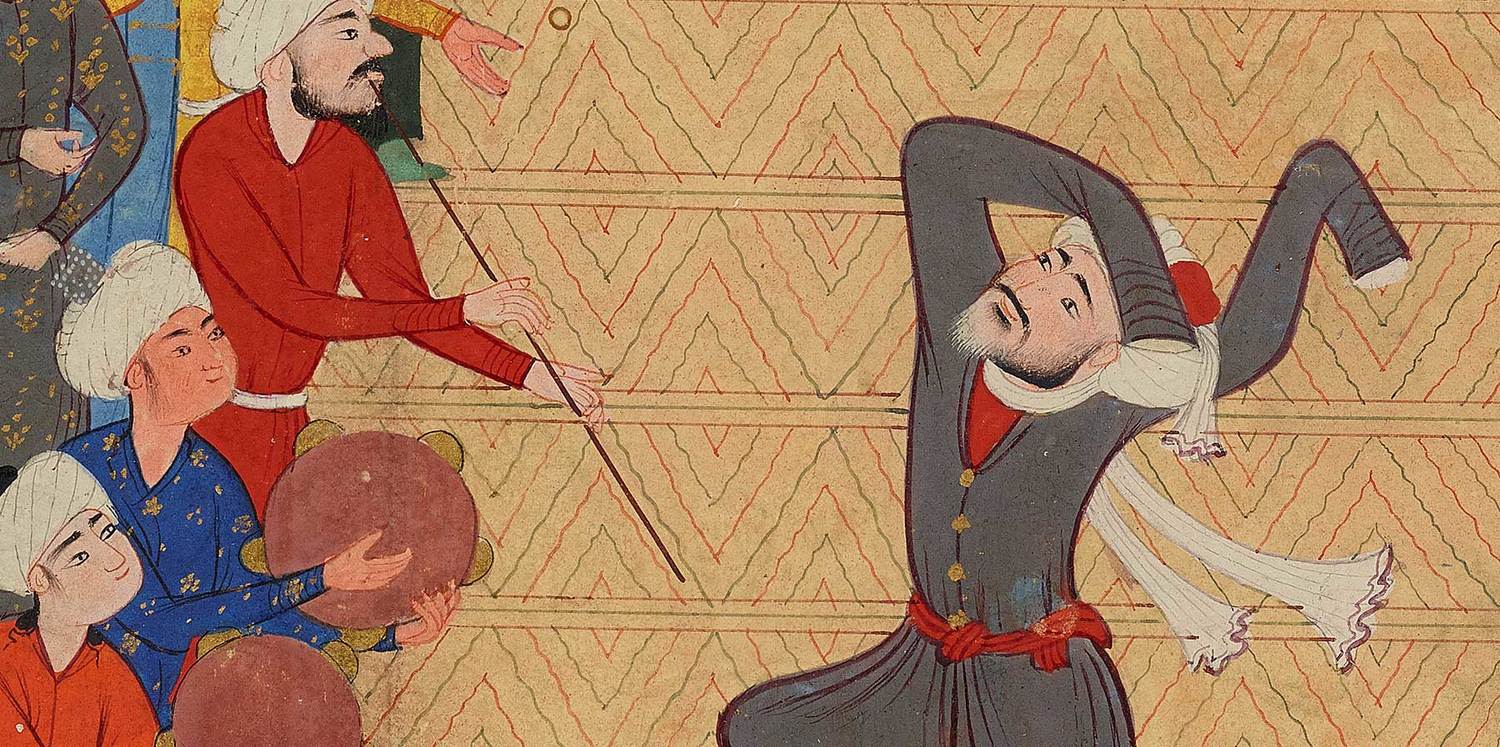
‘There is a Soul inside of your Soul. Search that Soul. There is a jewel in the mountain of body. Look for the mine of that jewel. Oh, Sufi, passing search inside if you can, not outside’
Sufis are Muslims who concern themselves with the inner aspects of the Islamic faith. They look for the experience that lies beyond the outer rituals of religion, towards a personal experience of God. The origins of Sufism (tasawwuf in Arabic) are inseparable from Islam and the teachings of the Prophet Muhammed, Peace and blessings upon him.
Beyond the defined laws of Sharia (the Muslim legal code) lie the essential emotions that allow human beings to experience the divine, love, mercy, compassion, humility, and patience. Sufis place great importance on these emotions and how they can improve their personal behavior and interactions with others.
For centuries ‘Sufism’ had no name and existed within the basic practice of Islam. The outer rules of ‘sharia’ were combined with the inner aspects of the soul, ‘haqqiqa’. The two worked complementary and it was only much later that Sufism became identified as a separate practice and science.
Today Sufism has spread across the world and is organised through a number of orders (Tarriqa) each one tracing its origins back to a great Sufi Master. These orders help keep the legacy of traditional Sufism alive, and identify themselves closely with the teachings of the original founder and the local traditions. Sufism has always demonstrated an ability to find expression in art forms that fuse local customs with universal ideas about spirituality.
Creativity lies at the heart of Sufism, and many of the Tarriqas mentor and support the production of culture. This culture in the form of food, music, art, poetry is considered a sacred expression of faith, and its honest and authentic beauty attracts everyone. Supreme amongst these art forms is Sufi music.
Sufi Music
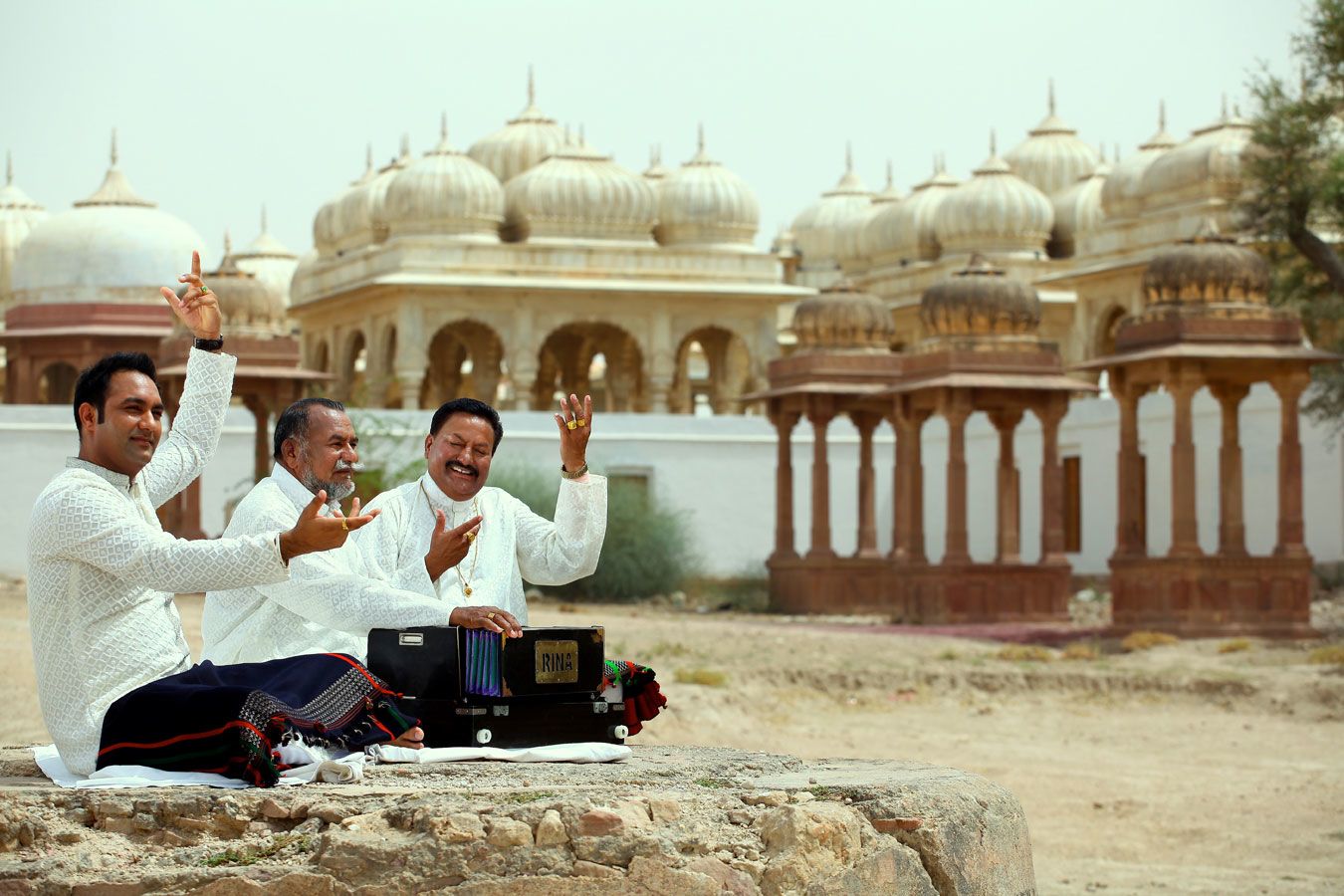
Sufi attitudes towards Music differ from the orthodox Islamic view, which considers it a ‘grey’ area. While there are no prohibitions against music in the Quran and there are recorded instances of when the Prophet Mohammed allowed music at weddings, the conservatism of the early jurists, frowned upon it. The Sufis in contrast place music at the heart of the Sama, a ceremony of spiritual music and singing.
The purpose of the Sama is to create the conditions in which the human soul can experience divine love. Transcendental and ecstatic, the music produces in the listener an intense love for God. The listener is moved and becomes aware of the majestic presence of God, his emotional, mental and at times physical state altered for a short while. The music supplicates to God, praises the Prophet Mohammed, and celebrates the lives of great saints and Sufi masters.
Distinct musical styles, singing, chanting and ceremonies have emerged over time, often unique to the local culture, but all unified under the purpose of creating this altered state of spiritual awareness.
The great Muslim scholar Ghazali (1058 –1111) recorded his thoughts on the Sama:
‘What causes mystical states to appear in the heart when listening to music (Sama) is a divine mystery found within the concordant relationship of measured tones (of music) to the (human) spirits and in the spirits becoming overwhelmed by the strains of these melodies and stirred by them - whether to experience longing, joy, grief, expansion or constriction. But knowledge of the cause as to why spirits are affected through sound is one of the mystical subtleties of the science of visionary experience.'
There is no one particular form of Sufi Music, rather a number of styles have evolved from across the Muslim world. From Turkey to Senegal, Pakistan to Morocco, there is a rich diversity of sound all sharing the same purpose, to experience something higher, than yourself. ‘
Turkey
The Sama ceremony and Whirling Dervishes

The iconic ‘whirling dervishes’ ceremony is probably the best known version of a sama gathering. The unique ceremony combines music and a twirling dance. The dervishes turn in a circular motion, with one hand pointing upwards to God and the other downwards towards the earth. The performers of this music and dance are members of a Sufi order, the Mevlevi named after Jalāl Aaad-Dīn Muhammad Rūmī also known as Mevlânâ (‘our master’), who was a 13th-century Persian poet, theologian, and Sufi mystic. The order was founded in 1273 by Rumi’s followers after his death.
The twirling dance is accompanied by music from the Ney flute, which symbolises the soul emptied of desire and filled with a passion to return back to God. Unlike other types of rhythmic, trance like Sufi Music, the Mevlana ceremony is contemplative and the Ney flute is said to produce a mournful sound of longing. This is a common theme in Sufi poetry and music, the pain of separation from the beloved (Allah) and the preparation and trails of the journey back (life) and the joy in the reunion with the source of all creation (death).
Rumi said, ‘The world is like a reed pipe, and He blows into every hole of it; every wail it has is certainly from those two lips like sugar. See how He blows into every clay and into every heart; He gives a need and He gives a love which raises up a lament about misfortune.’
Pakistan and India: Qawwali

Qawwali is a musical art form from the Indian subcontinent that is over 700 years old. Its distinct sound and lyrics continue to transcend boundaries of time, language and location, and have found a loyal audience of Qawwali lovers in the west. Qawwali gets its name from the Arabic word ‘qaul ‘ which means 'utterance', and this is reflected in the blending of spiritual poetry with what can only be described as emotionally charged ‘vocal gymnastics’.
Hazrat Nizamudinn Auliya, a saint of the Chisthi school of Sufism used music in his gatherings in Delhi, in the 11th century. It was his devotee Amir Khusrho, who in the 13th Century mixed musical elements and lyrics from across Turkey, Persia, Arabia and India to create a new art form.
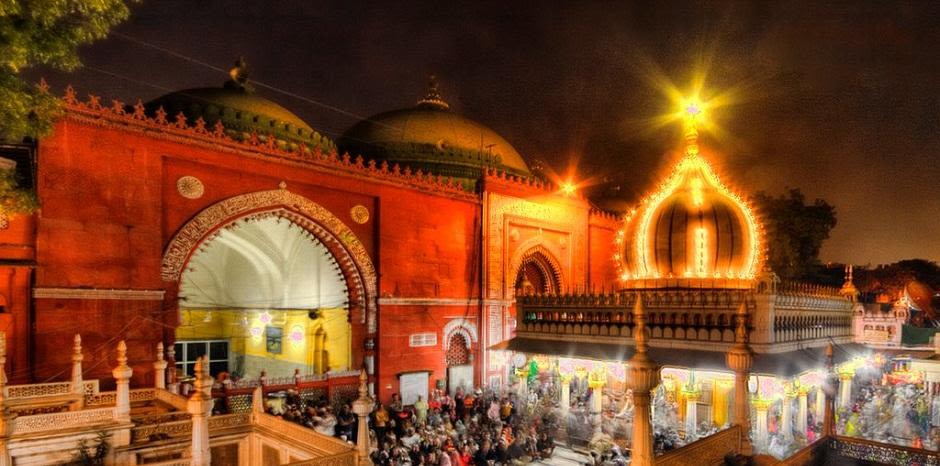
The Chisthi order of Sufis focus their devotions on love for God and his Prophets, being of service to others and creating peace for all. Traditionally Qawwali in India and Pakistan is performed at the shrines of the great Sufi saints, which are considered to be places of great spiritual energy.
In recent times, Indian and Pakistani migration to the UK helped to create a Qawwali legend. Nusrat Fateh Ali Khan is considered to be the first global Qawwali superstar.
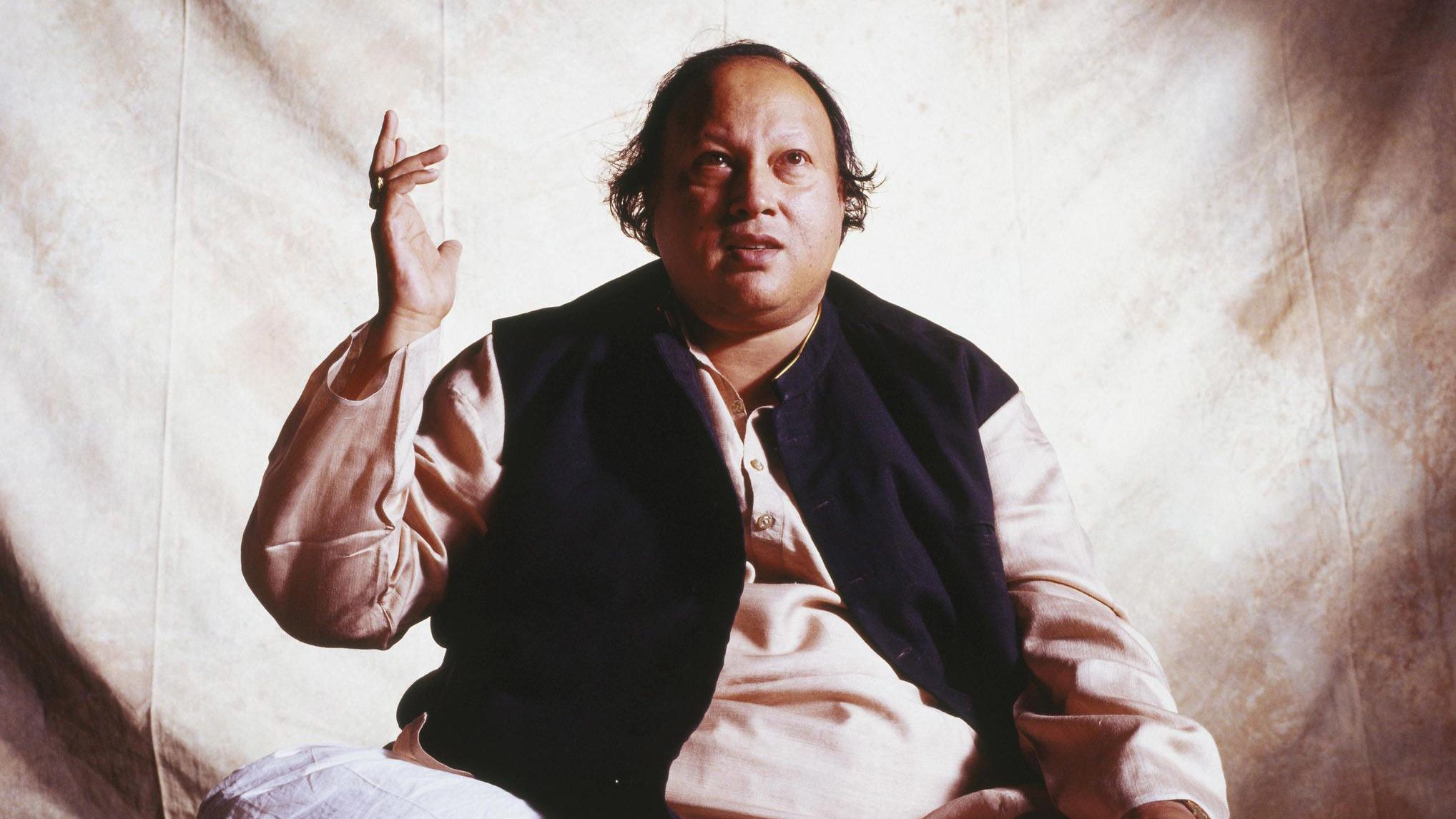
Nusrat’s family of Qawwals come from Faisalabad in Pakistan, from where many people have migrated to Manchester in the UK. Nusrat would often visit the UK, and performed small concerts in front rooms and Asian community centres, and through this network was discovered and invited to sing at the WOMAD music festival in the late 1980s.
This led to him being signed by Peter Gabriel on his Real World label and his reputation grew with his cross cultural collaborations with many western musicians including Bristol based Massive Attack, and Eddie Vedder from Pearl Jam. In 1993 he performed an acclaimed live concert at the Barbican. Nusrat’s premature death in 1997, at the age of 48, has not diminished his popularity and he is without doubt responsible for making Qawwali attractive to a younger audience.
Morocco: Gnawa

The Gnawa are a North African ethnic minority that traces its origins to West African slaves. Their ancestors came from diverse regions of Africa but took on a collective identity in exile. In 1591 the Moroccan Sultan Ahmed al-Mansour conquered the Songhai empire in Sub Saharan Africa and many slaves were brought to North Africa as servants.
A mystical order with the same name emerged over time and its spiritual practice includes music and dance that preserves their original African heritage and history.
As former black African slaves, they also find a connection with Bilal, an important figure in the history of Islam, as he was an Abyssinian slave freed by the Prophet Muhammed, who became a close companion and the first Muezzin to recite the ‘Call to Prayer’.
Despite identifying as Muslims, Gnawa culture maintains aspects of African animist beliefs. They believe that the spirit world is inhabited by ancestral spirits who act as intermediaries between the living and God. Their music is a way to connect into this unseen world, and Gnawa ceremonies employ clapping, drumming, and a distinct cymbal the ‘qraqab’ played like a castanet, the resulting effect has been described as 'polyrhythmic syncopation'. The music and dancing is seen as a healing process that releases bad spirits, cures illness, bad luck, and depression.
From the 1970s onwards Gnawa musicians have moved into a more mainstream space with non ceremonial performances and contributing to the emergence of a localised Moroccan pop music. Gnawa music lends itself to being mixed with many music forms including, jazz, rock, funk, hip-hop and drum’n’bass, and has attracted Western musicians such as Randy Weston, Pharaoh Sanders, and Ornette Coleman.

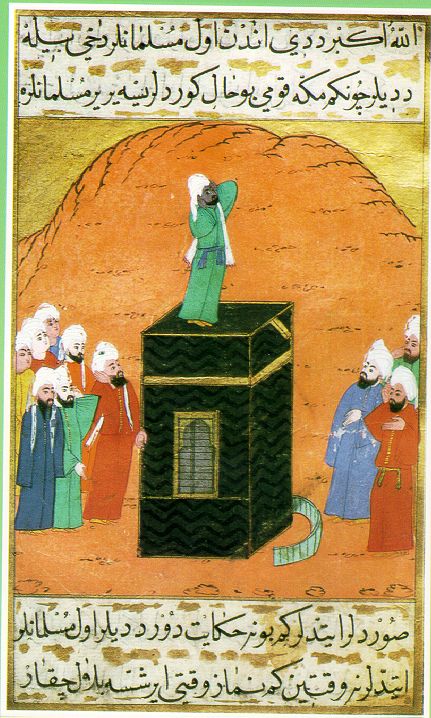

Over the years Sufi music has attracted the attention of western musicians searching for the new, the exotic but most importantly, music that moves the human spirit as it seeks something higher.
In the 1950s one of the first distinct recording of Sufi music was made by Rolling Stones guitarist Brian Jones and made available to western audiences. Jones was in Morocco visiting his friend the writer Paul Bowles and was taken up into the Rif Mountains where he heard traditional sufi music being performed by the Master Musicians of Jajouka.
Jones recorded the group of musicians and helped to release their first album Brian Jones Presents the Pipes of Pan in 1969, which after Jones death that year became widely recognised and led to many other musicians visiting Morocco.
Over the years many others have been influenced by the mystical nature of Sufi Music, and have collaborated with traditional musicians to produce new work.
Richard Thompson started his career with the band Fairport Convention, and was heavily influenced by Sufism. By 1974 he had joined a Sufi Order based in East Anglia and in his 1975 album Pour Down Like Silver he presents a number of Sufi inspired folk songs in English. The sound is very Western but the esoteric and mystical meaning is clearly Sufi.
Peter Gabriel has taken a great interest in global World Music and it was through his Real world label that Pakistani Qawwali singer Nusrat Fateh Ali Khan was introduced to a global audience. Peter produced the soundtrack to Martin Scorsese’s 1988 film The Last Temptation of Christ and used Nusrat’s vocals throughout the score. Peter also suggested the collaboration of Nusrat with Canadian guitarist Michael Brook, leading to the release of Mustt Mustt, an album of Qawwali fusion music. The title track was remixed by Bristol based Massive Attack, and became the first ever song in Urdu to reach the UK charts.
Sufism goes electric
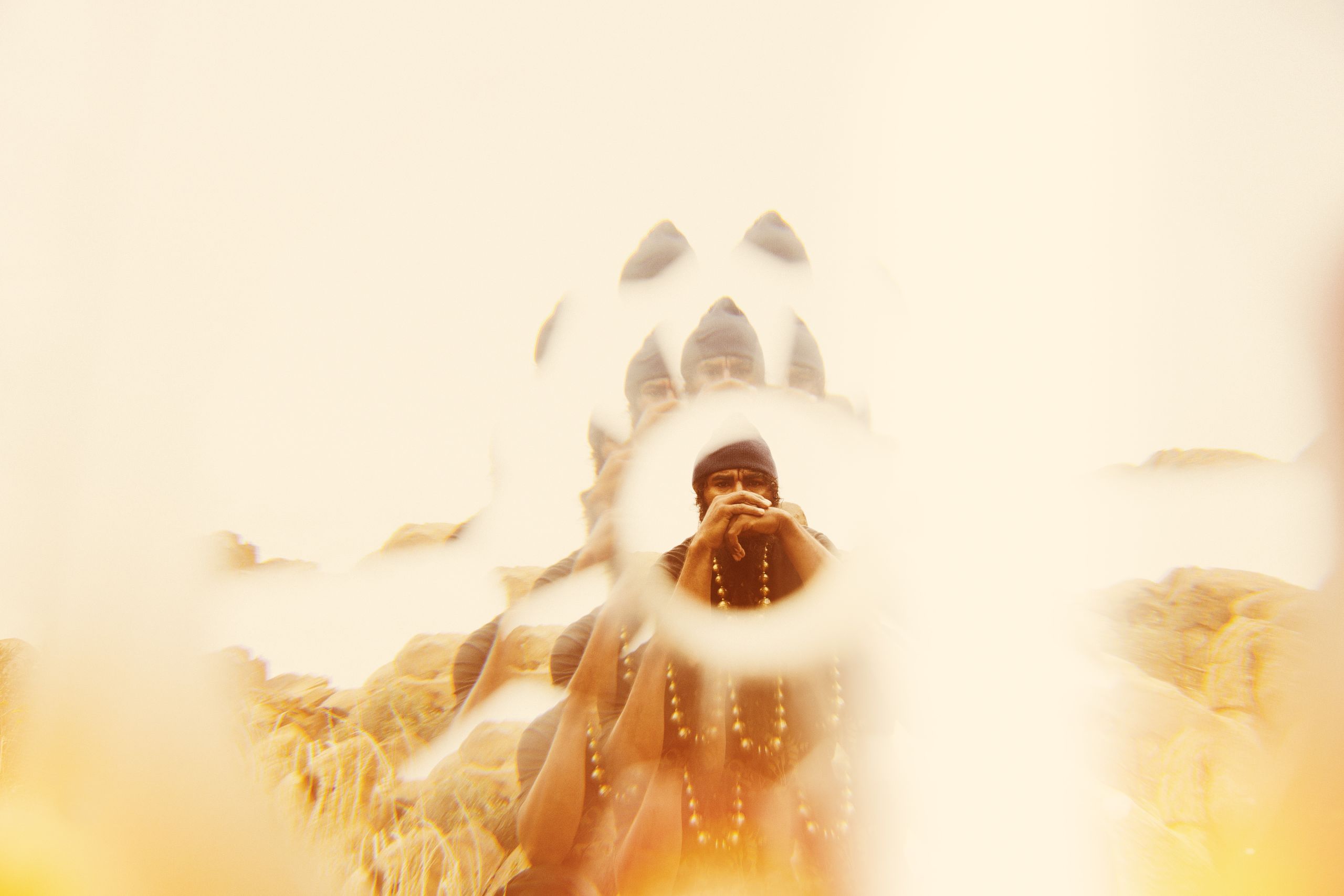
Since the early days of electronic music, many genres have emerged that lend themselves to crossover experiments with traditional Sufi music. Trance music, techno, and many other genres have hypnotic, atmospheric and uplifting qualities, and the similarities with Sufi music are obvious in the desire for both the musicians and the listener to experience something hypnotic and ecstatic – to take you outside yourself.
This has seen the emergence of a more contemporary sound music that combines aspects of Sufi music with contemporary dance music.
Turkish musician Mercan Dede fuses traditional instruments and themes with electronic sounds. He takes inspiration from the ‘Mevlana’ ceremony and often plays the ‘Ney’ flute alongside dervishes ‘whirling’ on stage.
Similarly, American MC, producer and yoga teacher Gonjasufi (Warp Records) draws on his religious beliefs as a Sufi in his music – abrasive, psychedelic hip-hop. While the Sufi influences aren’t as immediately transparent as with artists like Mercan Dede, it’s a prime example of a new generation of artists taking Sufi traditions and ideas from Sufism in completely new directions.
James Holden and
Maalem Houssam Guinia

In 2014 producers James Holden and Floating Points spent a week at the foot of the Atlas Mountains just outside Marrakech, jamming with the foremost master of Gnawa, the now late Maaleem Mahmoud Guinia.
Both musicians were aware of the meeting point between the two styles and the possibility of something new and unique being produced in the process.
For Holden, it was a unique challenge to combine his unique sound with the traditional musicians.
‘It was also the most challenging thing I’d ever tried to do – to integrate my dumb machines into a living breathing band, to exist in that music without changing it into not-Gnawa. It’s the root of everything I’m doing now – how machines can help rather than hinder improvisation, and how improvisation is part of Trance.’
The collaboration resulted in the critically acclaimed 2015 album, Marhaba, a record that sees Holden complement the ever-mutating lines of the ghimbri with improvised sections on modular synthesizer. ‘They’re fulfilling the same function,’ he says. ‘I’m into Malian hunters’ music as well – it’s almost the same family tree as Gnawa. In both cultures, they have this practice of a bass line that you kind of modify and permutate and twist around. There’s just a couple of patterns in each song, but they’re expressed differently with every repeat. To me, that mirrors the way electronic music is about a loop that’s tweaked. I’ve always been fascinated by this kind of parallel evolution. We humans seem to like being hypnotised, being put in a trance.’
For Holden, it’s just the latest chapter in an age-old global conversation. ‘It’s not finished yet, this conversation; it’s just started. Westerners have gone to Africa and come back with stuff, but when it starts coming back the other way, that’s something quite fascinating. It’s an exchange. Now there’s people like Issa Bagayogo who makes techno-influenced Malian music – and that’s a circle. It feels like progress. It feels like the future.’
Listen to our Sufi music playlist
Upcoming concerts at the Barbican
Rizwan-Muazzam Qawwali
Sat 30 Mar
Tutored by their uncle, the great Nusrat Fateh Ali Khan, and now masters of the genre themselves, Rizwan and Muazzam perform traditional Qawwals and new interpretations
